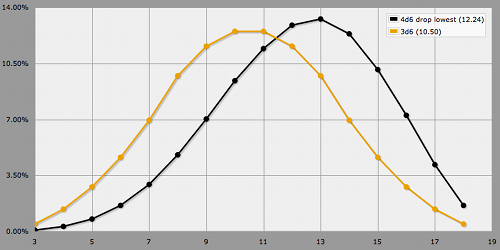Relations: Dwarves get along fine with gnomes, and passably with humans, half-elves, and halflings. Dwarves say, “The difference between an acquaintance and a friend is about a hundred years.” Humans, with their short life spans, have a hard time forging truly strong bonds with dwarves. The best dwarf-human friendships
are between a human and a dwarf who liked the human’s parents and grandparents. Dwarves fail to appreciate elves’ subtlety and art, regarding elves as unpredictable, fickle, and flighty. Still, elves and dwarves have, through the ages, found common cause in battles against orcs, goblins, and gnolls; and elves have earned the dwarves’ grudging respect. Dwarves mistrust half-orcs in general, and the feeling is mutual. Luckily, dwarves are fair-minded, and they grant individual half-orcs the opportunity to prove themselves.




